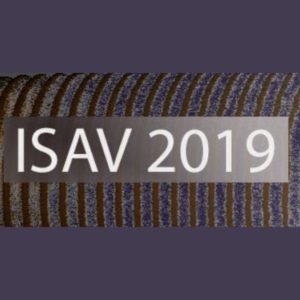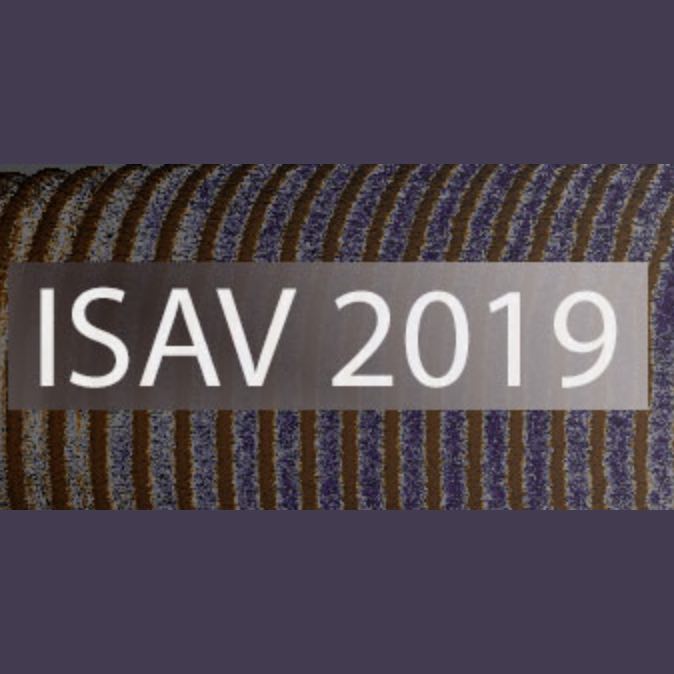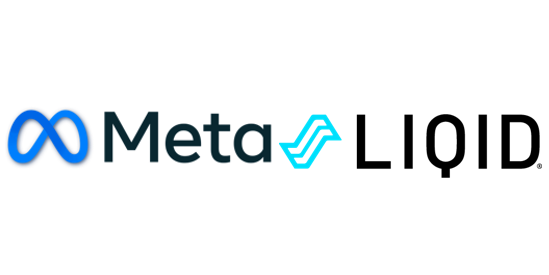 The ISAV 2019 Workshop has issued its Call for Papers. Held in conjunction with with SC19, the In Situ Infrastructures for Enabling Extreme-Scale Analysis and Visualization Workshop takes place Nov. 18, 2019 in Denver.
The ISAV 2019 Workshop has issued its Call for Papers. Held in conjunction with with SC19, the In Situ Infrastructures for Enabling Extreme-Scale Analysis and Visualization Workshop takes place Nov. 18, 2019 in Denver.
The considerable interest in the HPC community regarding in situ analysis and visualization is due to several factors. First is an I/O cost savings, where data is analyzed/visualized while being generated, without first storing to a file system. Second is the potential for increased accuracy, where fine temporal sampling of transient analysis might expose some complex behavior missed in coarse temporal sampling. Third is the ability to use all available resources, CPUs and accelerators, in the computation of analysis products.
The workshop brings together researchers, developers and practitioners from industry, academia, and government laboratories developing, applying, and deploying in situ methods in extreme-scale, high performance computing. The goal is to present research findings, lessons learned, and insights related to developing and applying in situ methods and infrastructure across a range of science and engineering applications in HPC environments; to discuss topics like opportunities presented by new architectures, existing infrastructure needs, requirements, and gaps, and experiences to foster and enable in situ analysis and visualization; to serve as a “center of gravity” for researchers, practitioners, and users/consumers of in situ methods and infrastructure in the HPC space.
Participation/Call for Papers and Oral Presentations
We invite two types of submissions to ISAV 2019: (1) short, 4-page (+references) papers that present research results, that identify opportunities or challenges, and that present case studies/best practices for in situ methods/infrastructure in the areas of data management, analysis and visualization; (2) lightning presentation submissions, which consist of a 1- or 2-page (+references) proposed presentation description, for a brief oral presentation at the workshop. Short papers will appear in the workshop proceedings and will be invited to give an oral presentation of 15 to 20 minutes; lightning round submissions that are invited to present at the workshop will have author names and titles included as part of the proceedings.
Submissions of both types are welcome that fall within one or more areas of interest, as follows:
- In situ infrastructures: Current Systems: production quality, research prototypes; Opportunities; Gaps
- System resources, hardware, and emerging architectures: Enabling Hardware; Hardware and architectures that provide opportunities for In situ processing, such as burst buffers, staging computations on I/O nodes, sharing cores within a node for both simulation and in situ processing.
- Methods/algorithms: Best practices; Analysis: feature detection, statistical methods, temporal methods, geometric and topological methods; Visualization: information visualization, scientific visualization, time-varying methods; Data reduction/compression.
- Case Studies and Data Sources: Examples/case studies of solving a specific science challenge with in situ methods/infrastructure; In situ methods/systems applied to data from simulations and/or experiments/observations.
- Simulation and Workflows: Integration, data modeling, software-engineering; Resilience: error detection, fault recovery; Workflows for supporting complex in situ processing pipelines.
- Requirements and Usability: Reproducibility, provenance and metadata; Using in situ to enable rapid and flexible post-processing; Simplified access to extreme heterogeneous resources.
Submissions are due August 2, 2019.
Registration is now open for SC19, which takes place Nov. 17-22 in Denver




